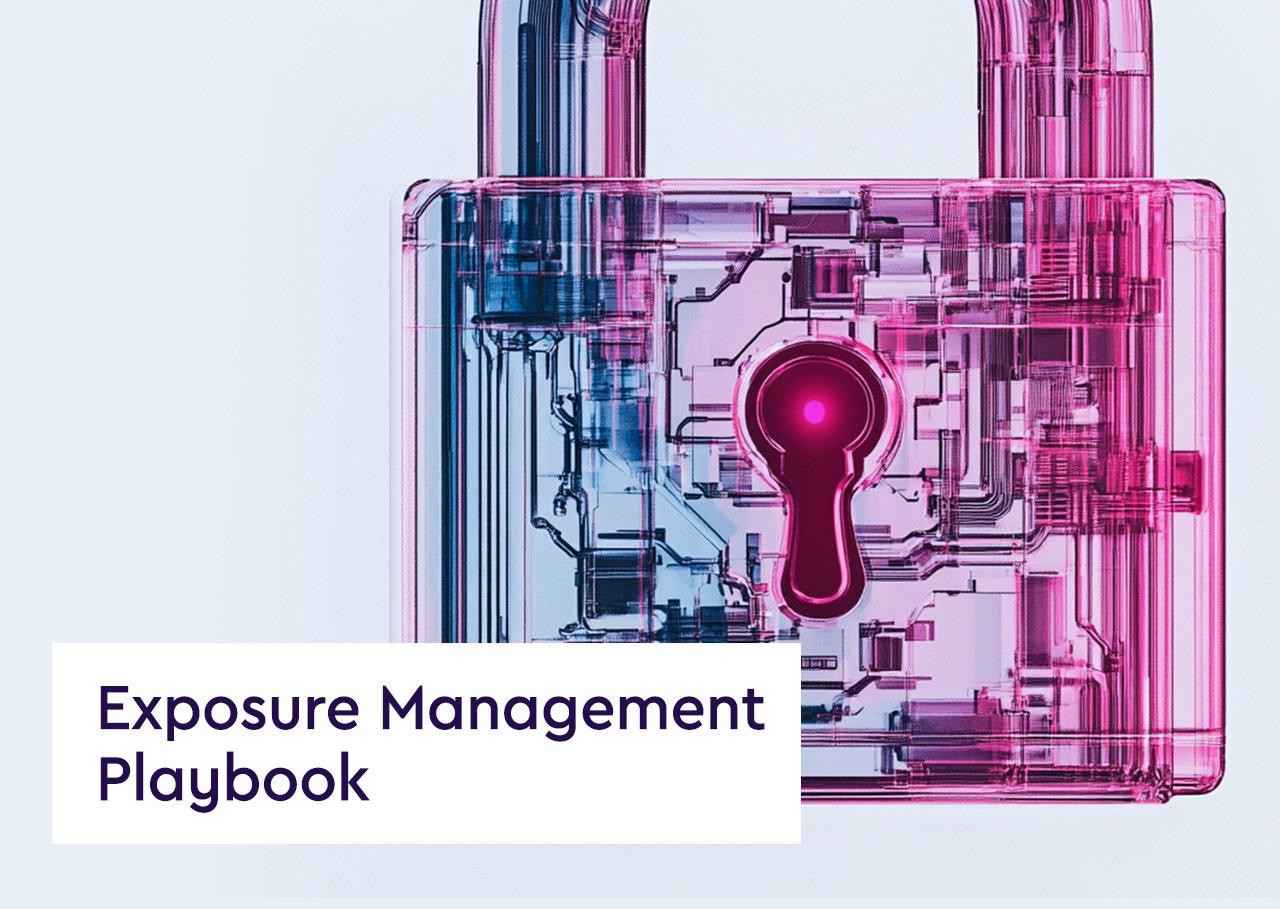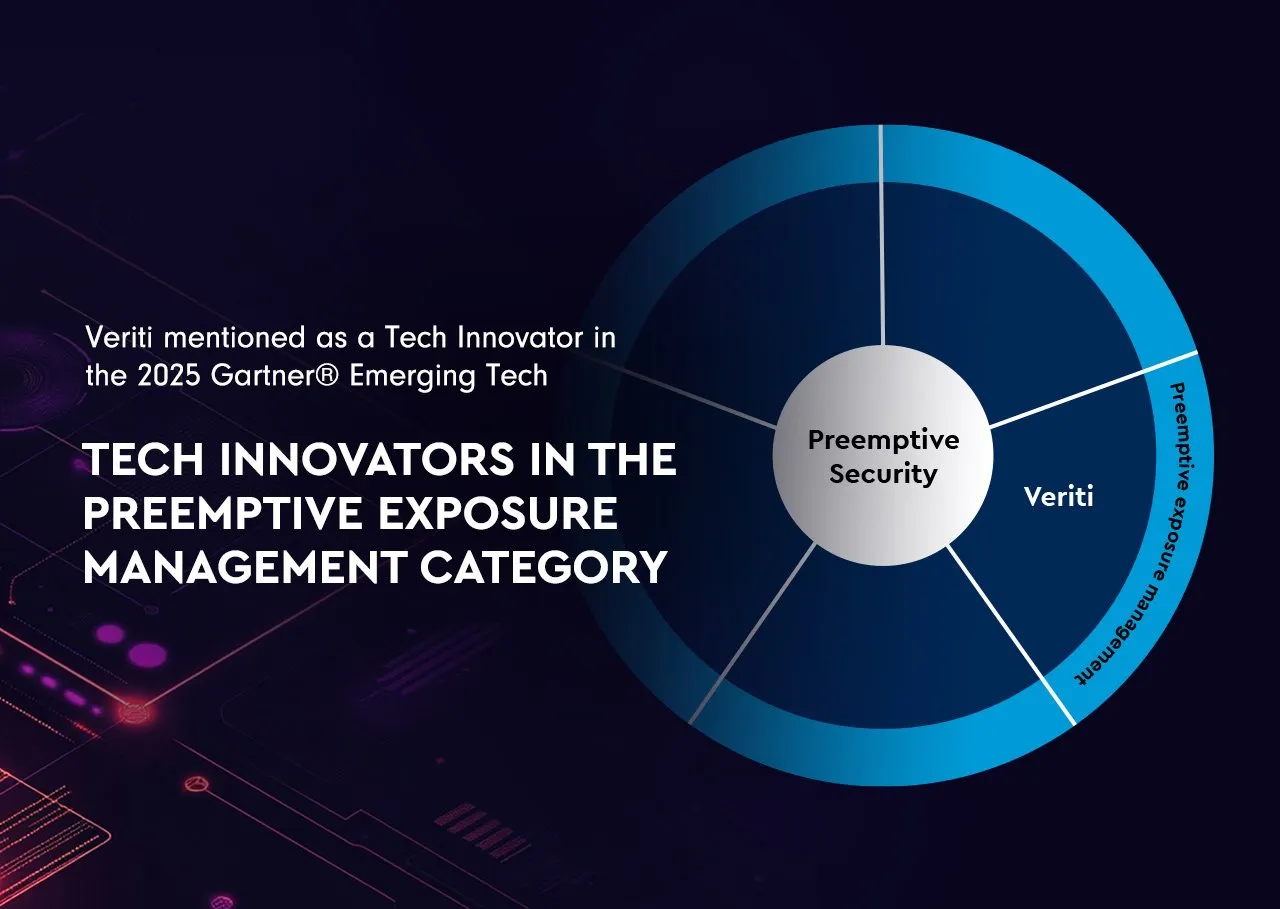Definition: Cloud Risk Assessment is a systematic process used to identify, analyze, and evaluate risks associated with adopting and using cloud computing services. This assessment focuses on understanding the potential security threats, data privacy concerns, and compliance issues that might impact the organization’s assets when they are moved to or operated in a cloud environment.
Key Components of Cloud Risk Assessment:
- Identification of Assets: Determining which data, applications, and services are to be moved to the cloud, and classifying them based on sensitivity and business importance.
- Threat Modeling: Analyzing potential threats specific to the cloud, such as unauthorized data access, data leakage, and service interruptions.
- Vulnerability Assessment: Identifying vulnerabilities within the cloud environment that could be exploited by threats, including misconfigurations and inadequate security controls.
- Risk Analysis: Evaluating the likelihood and impact of identified risks on the organization’s operations and objectives.
- Control Evaluation: Assessing existing security controls and determining if additional measures are needed to mitigate identified risks.
Benefits of Cloud Risk Assessment:
- Enhanced Security Posture: Helps organizations understand and mitigate potential security risks before they cause harm.
- Informed Decision Making: Provides valuable insights that aid in making informed decisions about cloud adoption and security investments.
- Regulatory Compliance: Ensures that the cloud services and practices adhere to relevant legal, regulatory, and compliance requirements.
- Strategic Risk Management: Supports the development of a strategic approach to managing risks in cloud environments.
Common Challenges in Cloud Risk Assessment:
- Complexity of Cloud Environments: Navigating the complex and dynamic nature of cloud services can make it difficult to identify all potential risks.
- Lack of Visibility and Control: Limited visibility into cloud service providers’ infrastructure can hinder thorough risk assessment.
- Evolving Threat Landscape: Keeping up with the rapidly evolving nature of cybersecurity threats and adapting risk assessments accordingly.
Best Practices for Cloud Risk Assessment:
- Continuous Assessment: Regularly update and repeat risk assessments to account for new threats, changes in cloud services, and shifts in business strategy.
- Stakeholder Engagement: Involve stakeholders from IT, security, compliance, and business units to ensure all perspectives are considered.
- Leverage Industry Frameworks: Utilize established frameworks and guidelines such as those from NIST, ISO, or specific regulatory bodies to structure the risk assessment.
- Collaboration with Cloud Providers: Work closely with cloud service providers to understand their security measures and how they impact your risk landscape.
Cloud Risk Assessment is an essential component of an effective cloud security strategy. It enables organizations to proactively manage and mitigate risks associated with cloud computing, enhancing their ability to protect sensitive data and maintain operational integrity in a cloud environment. As organizations increasingly rely on cloud technologies, conducting thorough and regular cloud risk assessments becomes crucial for maintaining security and compliance.




